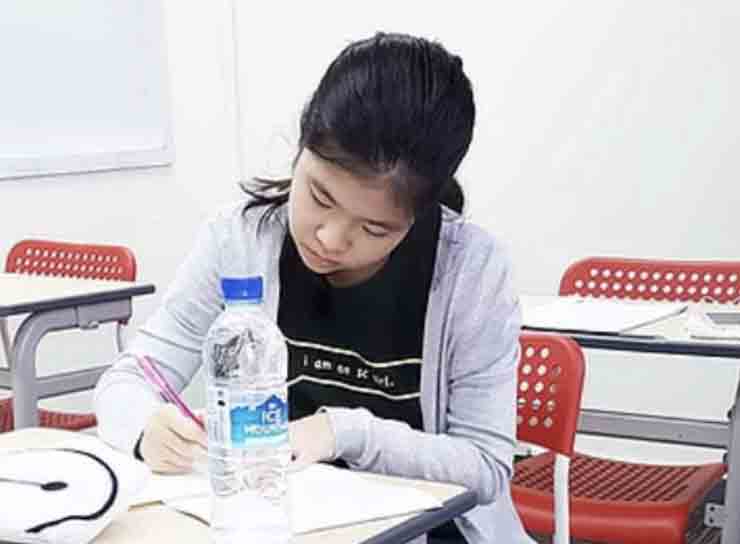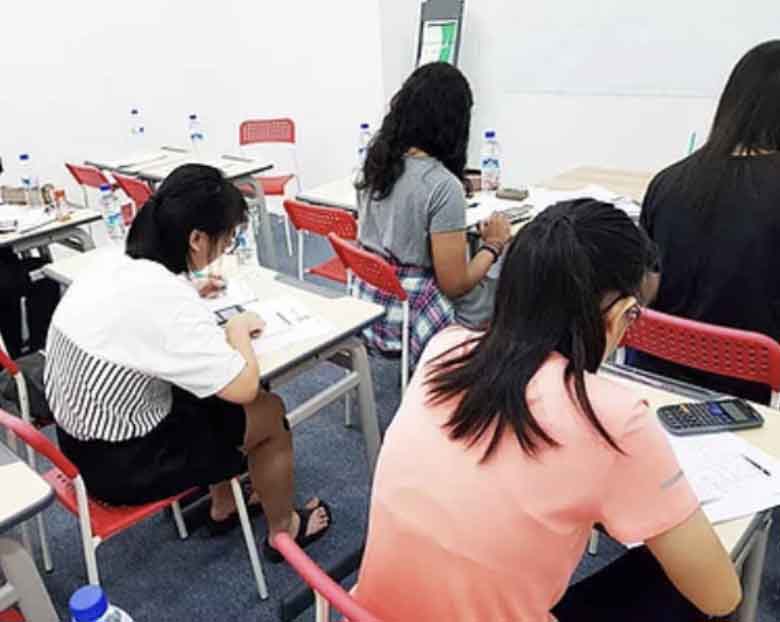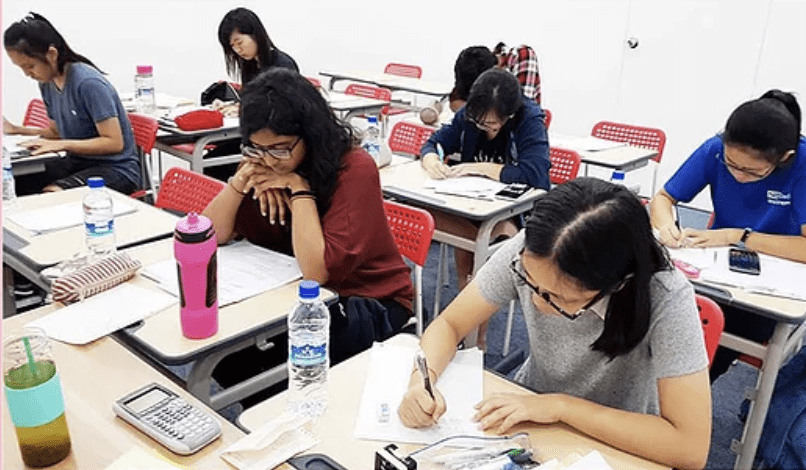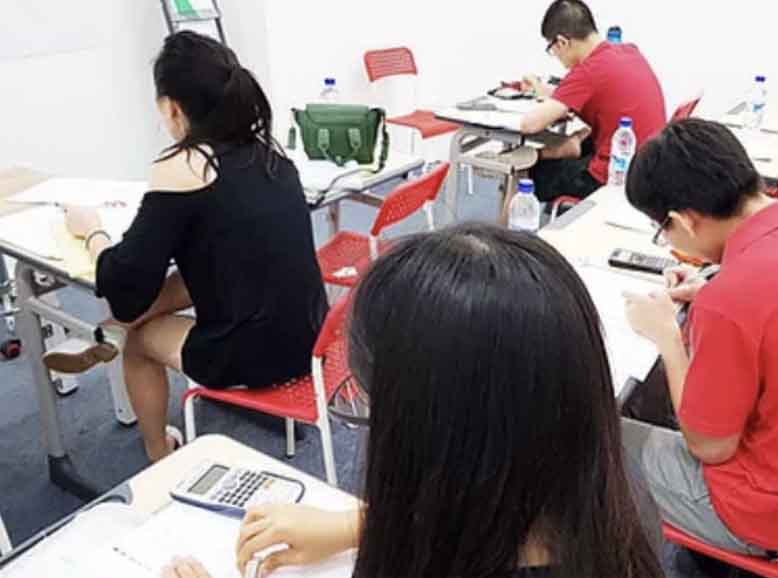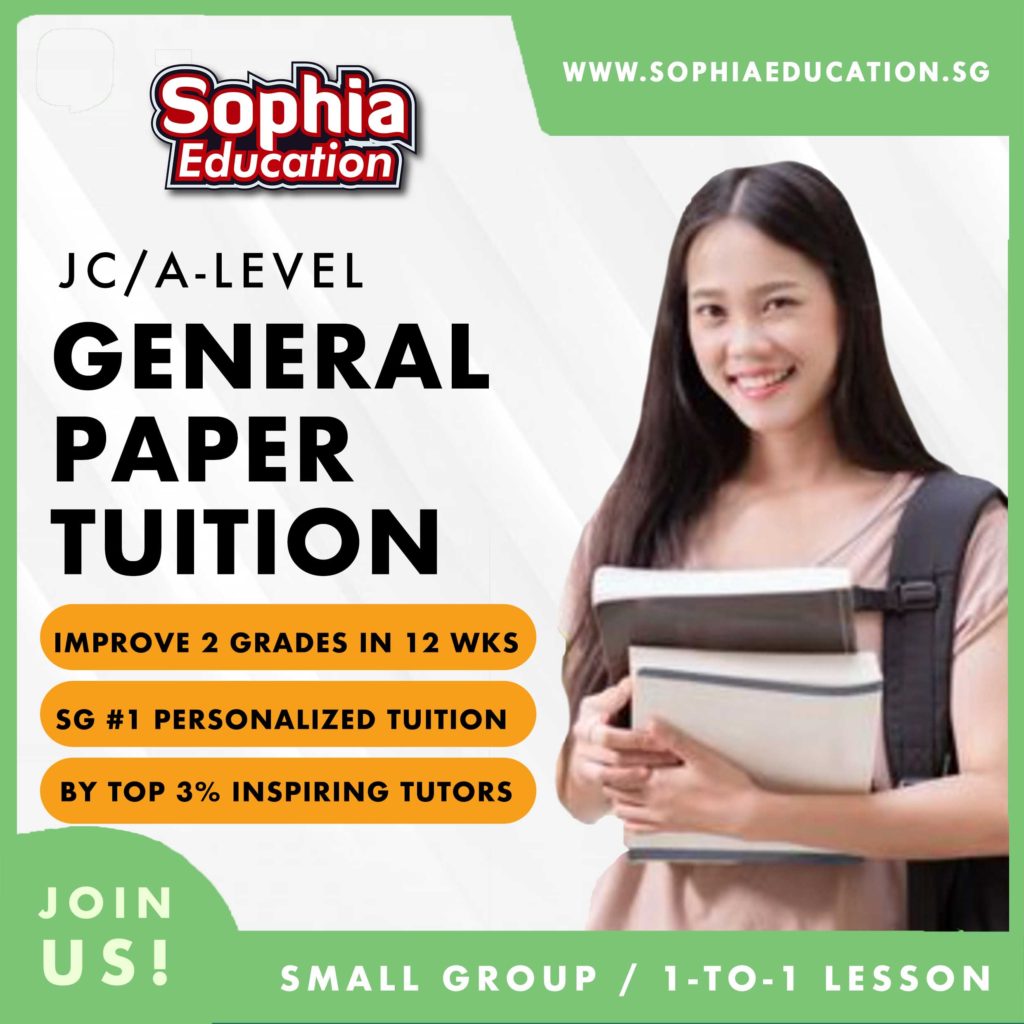No1 Personalized Tuition Centre in Singapore
1000+ Good Reviews from Parents & Students

14 days Money-Back Guarantee
(1st Lesson Unsatisfaction Policy)
13+ Years of Experience (2012)

Small Group
Tuition
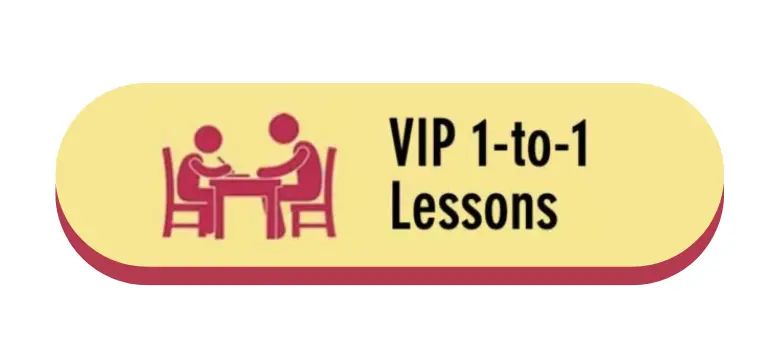
VIP 1-to-1
Tuition

JC/A-Level/Sec/O-Level/IP/PSLE Tuition Subjects We Offer

Math Tuition
H2/H1/IP/A-Level/O-Level Tuition

Biology Tuition
H2/H1/IP/A-Level/O-Level Tuition

Physics Tuition
H2/H1/IP/A-Level/O-Level Tuition

Chemistry Tuition
H2/H1/IP/A-Level/O-Level Tuition

Economics Tuition
H2/H1/IP/A-Level

Science Tuition
IP/A-Level/O-Level/PSLE

English Tuition
IP/A-Level/O-Level Tuition/PSLE

GP Tuition
H2/H1/IP/A-Level


🎓 Our Expert Teachers Provide Exam Shortcuts & Highly Efficient Notes 📖✨
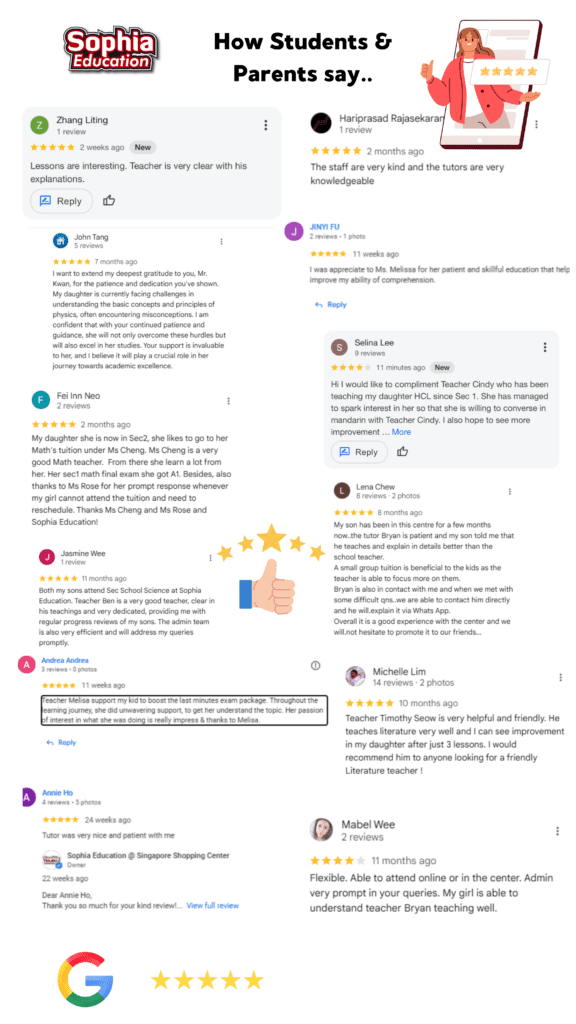
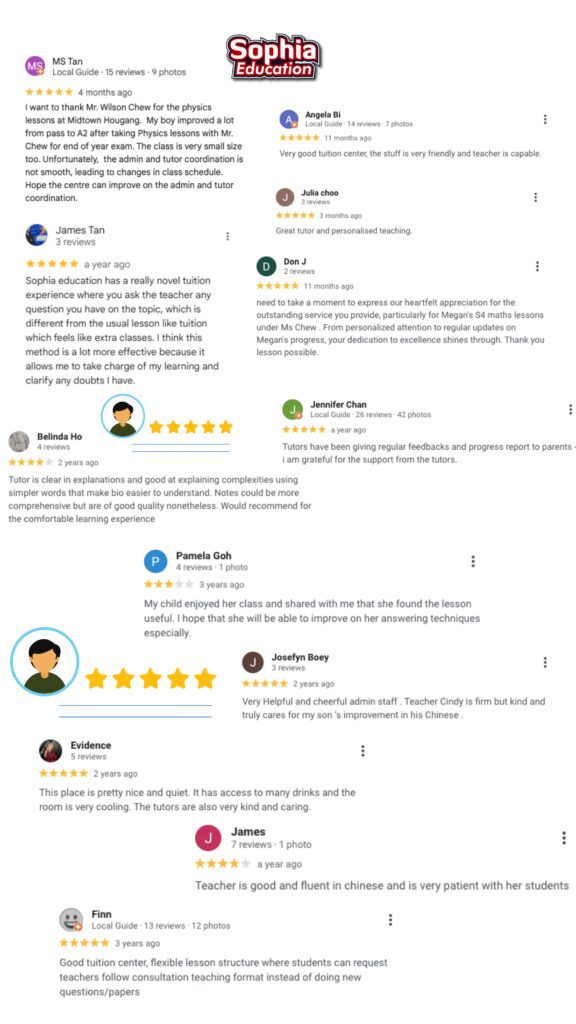
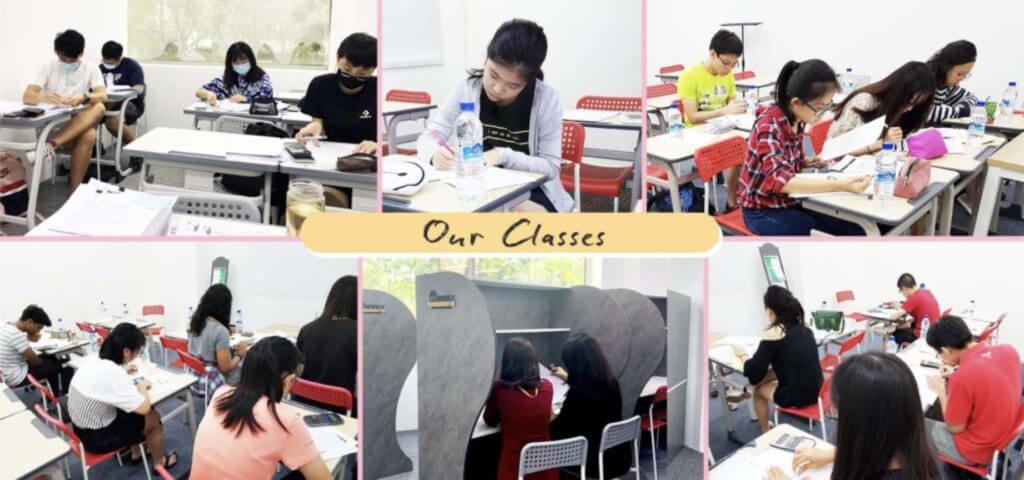
📚 Tuition Tailored to Each Student’s 📖 School Progress & 🔍 Individual Weaknesses 🎯
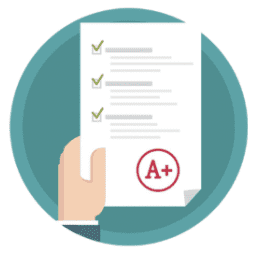
Improve by at least 2 Grades in just 12 Weeks
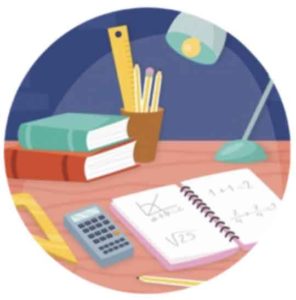
Homework help available at any time
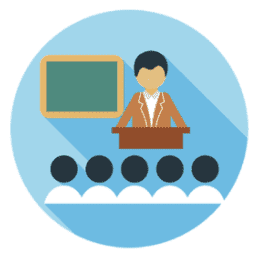
Improve student’s ability to understand their lessons in school
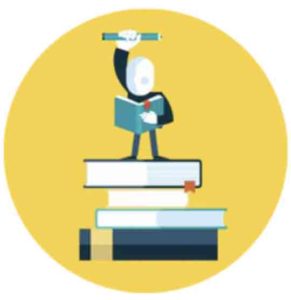
Boost of confidence and gain the motivation to study

Highly Personalized Tuition Center makes Grade Improvement Fast and Easy
Best Personalized Tuition Centre in Singapore - Effcient Materials

📚 Free Cheat Sheets for Students! 🚀
Struggling with complex concepts? We’ve got you covered! Download our expertly crafted cheat sheets to quickly revise important formulas, key concepts, and exam shortcuts.
💡 What’s inside?
✅ Concise summaries of key topics
✅ Essential formulas & shortcut methods
✅ Quick revision guides for exams
✅ Professionally structured notes for easy understanding
Refund If 1st Lesson is Unsatisfactory Without Any Qs Asked
Sophia Education
Offers 24-7 WhatsApp Support
WhatsApp Your Tutor If Your Have Any Study/Homework Questions or WhatsApp our Admin if you have Questions Regarding your Lesson



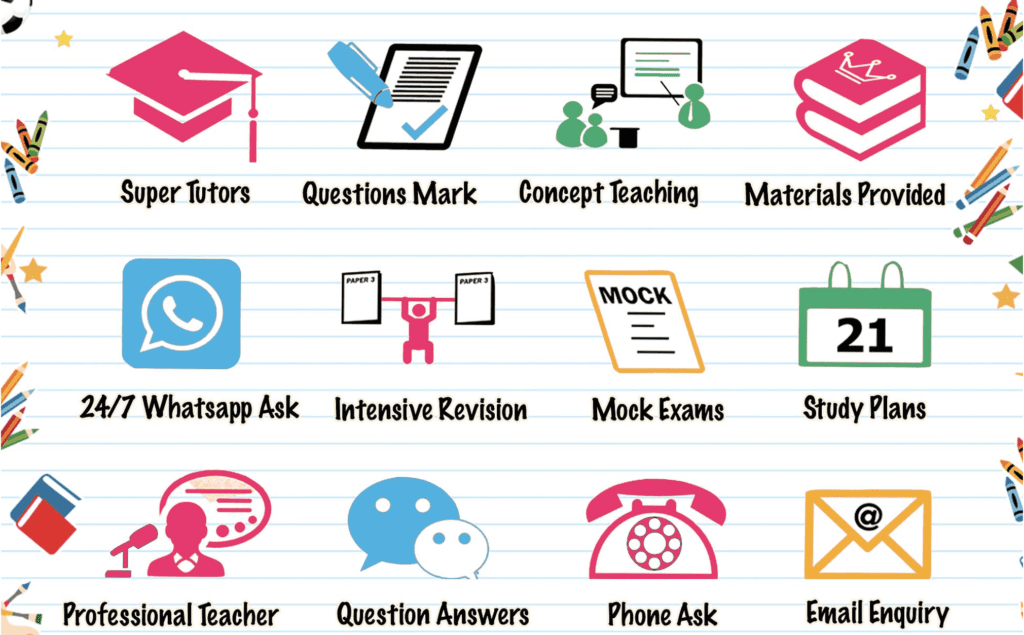
Tuition Subject We Offer (JC/IP/SEC/PSLE/IB)
📍 Headquarter @ Dhoby Ghaut
🏢 #02-09/10/11 Singapore Shopping Centre, 190 Clemenceau Ave, Singapore 239924 (🚉 Beside Dhoby Ghaut MRT Exit B)
📍 East Kembangan Plaza
🏢 Kembangan Plaza #01-03 (🚉 1 min walk beside Kembangan MRT), 18 Jln Masjid, Singapore 418944
📍 West Bukit Timah
🏢 Beauty World Plaza #01-16 (🚉 1 min walk beside Beauty World MRT), 140 Upper Bukit Timah Road, Singapore 588176
📍 Northeast Hougang
🏢 02-07 The Midtown, 1187 Upper Serangoon Road, Singapore 533971
📍 North Woodland
🏢 12 Woodlands Square #02-81 (🏢 Woodsquare), Singapore 737715
📍 Jurong East CPF Building (New Branch!)
🏢 #04-03 Jurong East CPF Building (🚉 Beside Jurong East MRT), Singapore
🆕 Latest update by 12 Mar 2025
Sophia Education-SG NO.1 Personal Tuition Center
Sophia Education is a leading tuition centre in Singapore that specializes in providing personalized and effective tuition services for students in JC, Secondary, IP, IB, and Primary levels. We offer a comprehensive range of subjects including Maths, Chemistry, Physics, English, Chinese, GP, and Economics tuition. With a strong track record of helping over 3000 students gain confidence in their studies and improve their grades in O-Level, A-Level, and PSLE exams, Sophia Education has established itself as the number one choice for personal tuition in Singapore. We currently operate 5 branches and are expanding to meet the strong demand for our services across the island.
Personal tuition has become increasingly popular in Singapore
Personal tuition has become increasingly popular in Singapore, as students seek more personalized and effective ways to improve their grades and succeed in their academic goals. Sophia Education’s personal tuition services stand out as one of the best choices for students seeking quality, customized, and comprehensive tuition. In this article, we will explore the benefits of personal tuition, the challenges faced by traditional classroom-based tuition, and how Sophia Education’s personal tuition services can help students achieve their academic potential.
The Benefits of Personal Tuition
Personal tuition provides a number of benefits that are not available in traditional classroom-based tuition. These benefits include:
- Customized Learning: Personal tuition allows for a customized learning experience, where the tutor can tailor the sessions to the student’s unique learning style, pace, and needs. This approach ensures that the student receives the attention and guidance they need to excel in their studies.
- One-on-One Attention: Unlike traditional classroom-based tuition, personal tuition provides one-on-one attention to the student. This allows for a more focused and productive learning environment, where the tutor can address the student’s questions and concerns in real-time. The student can also receive immediate feedback on their progress, and can adjust their approach accordingly.
- Expert Tutors: Personal tuition provides access to highly experienced and knowledgeable tutors who are experts in their respective fields. They are well-versed in the respective syllabuses and exam formats for each subject, and can provide targeted strategies and resources for each student.
- Comprehensive Subjects: Personal tuition services offer a comprehensive range of subjects, which allows students to receive tuition for multiple subjects under one roof, and to integrate their learning across different topics.
- Technology-Enabled Learning: Personal tuition services, like Sophia Education, embrace the use of technology to enhance the learning experience for students. They have integrated online learning platforms, interactive whiteboards, and digital resources into their personal tuition sessions, to provide a dynamic and engaging learning environment.
- Strong Track Record: Personal tuition services, like Sophia Education, have a strong track record of helping students achieve their academic goals. They have helped thousands of students gain confidence in studying and improve their grades in O-Level, A-Level, and PSLE exams.
- Personalized Care and Attention: Personal tuition services, like Sophia Education, provide personalized care and attention to their students. They strive to create a supportive and nurturing environment, where students feel comfortable to ask questions, share their concerns, and receive guidance.
Challenges Faced by Traditional Classroom-Based Tuition
Traditional classroom-based tuition faces a number of challenges that make it less effective than personal tuition. These challenges include:
- Limited Attention: In a traditional classroom-based tuition setting, the teacher’s attention is divided among many students, which makes it difficult to provide individualized attention and feedback.
- Limited Time: In a traditional classroom-based tuition setting, there is limited time to cover all the topics and concepts that are required for each subject. This can lead to a rushed and incomplete learning experience for students.
- Limited Flexibility: In a traditional classroom-based tuition setting, the curriculum and pace are predetermined, which may not suit the needs and preferences of every student. This can lead to a lack of engagement and motivation among students.
- Limited Technology: In a traditional classroom-based tuition setting, technology is often limited, which can make it difficult to provide a dynamic and engaging learning environment for students.
How to choose the best tuition centre in Singapore
Tuition centres, tuition agencies, private tutors, online tutors and online tuition, home tutors all in Singapore. There is a whole bevy of options available for students and parents to choose from for junior colleges, secondary schools, international schools, or primary school students.
According to ‘Todayonline’, the number of tuition and enrichment centres have risen from about 700 in 2012, to more than 950 in 2019. And that’s just the number of registered Tuition Centre in Singapore! The statistics barely account for the hordes of freelance home tutors.
For a majority of Singaporeans today, tuition is deemed as beneficial to children’s education and their learning experience. But with such a daunting pool of tuition services to choose from, selecting the best tutor for your child can be overwhelming.
Where do you even start?
Well, this article provides you with a general guide on choosing the most suitable tuition option for your child.
1. Have an open discussion with your child.
The first step is to know what exactly your child needs in their tuition classes.
Explore the fundamental root of the problem. Talk through the various subjects, detailed questions and levels of difficulties they are struggling with, as well as those they find easy. The best way to determine the help they need is by simply asking them.
Note that your child might react unfavorably to the idea of tuition-classes. Having a discussion might make your child feel more included and empowered in the
decision-making process. A student’s understanding and receptiveness to tuition is crucial in promoting effective teaching and learning.
2. Find the right Tuition class size.
Consider what class-size might work best for your child’s learning process. Will he or she need 1-on-1 private classes, or are there more benefits if they opt for group tuition of small class sizes?
As a former student of various kinds of tuition-classes, I’d say small group-classes are much more impactful.
Once everyone overcomes the initial awkwardness, students find that developing friendships in class makes the learning environment much more comfortable. These friendships may even be motivation to attend classes! This is of course provided the tuition teacher maintains a conducive learning environment and an effective education system for each student’s professional development.
Furthermore, smaller groups have been proven to promote greater learning and productivity in the classroom. To illustrate, this study by the University of Minnesota showed how group dialogue promotes critical thinking about concepts.
Learning in a group definitely promotes more active learning, and it would be wise to consider tuition services that offer this.
3. Consider the centre/teacher’s Credentials.
This is the first way you can gauge the quality of a tuition teacher. You want to be certain that the tuition centre and/or teacher has the right type of qualifications to teach and has had many years of experience in teaching.
Inquire on their expertise, as well as their level of expertise. You need to ensure they have certification at a higher level than the current level they are teaching. Expert mastery in the subject will allow the tutor to provide deeper insights, as well as more effective techniques to study, providing quality teaching materials and supporting materials like quizzes and practical exercises.
Moreover, don’t be afraid to ask for proof of certification. Honest and reputable tuition teachers are more than happy to give you that peace of mind when you opt to learn through tuition in Singapore rather than from only your school teachers.
4. Assess Tuition Teachers’ Experience & Knowledge.
While paper qualifications are important, they are not the only way to determine if you’ve found the best tutor for your child. An individual might possess commendable competency in the subject, but it takes a distinct skill and experience to be a good teacher with effective teaching strategies and teaching methods.
Ask yourself this: Does the tuition agency in Singapore or teacher have the experience to support their asking price? If not, do consider sourcing for a teacher or centre that does.
Furthermore, you will need someone well-versed in the demands of the MOE syllabus and system. A former MOE-teacher or a teacher who has had years of teaching experience is knowledgeable on the ins and outs of the system, and can give your child useful advice in tackling major examinations.
Experienced teachers are also able to spot problems areas effortlessly as they have taught a large repertoire of students. They are aware of the most common misconceptions, and can quell these issues more efficiently.
Aside from this, you also need to find someone who is flexible and knows how to respond well to changes in the syllabus. As many parents know, long-standing national exams like PSLE are going through major overhauls by MOE.
There is an ongoing trend of change that may affect the different curriculums, and you want to find teachers that are open-minded and receptive to change.
5. Weighing Price VS Quality of The Tuition
As a general rule of thumb, go for the best possible option.
You might be saving on tuition rates by getting the cheapest option, but at what cost?
You don’t want to run the risk of your money and child’s time coming up futile if your tutor fails to help them improve. Time is of the essence, especially during the crucial years of their O Levels or A Levels.
Consider what you spend on private tuition or tuition classes as a long term investment: You intend to receive high returns (i.e. improved grades, top scores, brighter futures) for the money you put into your child’s education. To make sure you are getting your money’s worth, it would be best to spend a smidge more on tuition teachers of top quality and experience.
6. Selecting a tuition location nearby
Up and coming tuition companies like Sophia Education have 8 centres spread island-wide, and situated right beside MRT stations. Our centres are highly accessible and convenient for students all across the country.
7. How does your child respond to the tuition teacher?
Most tuition centres and tutors have what we call ‘trial lessons’ for parents and students to gauge a tutor’s ability. This first lesson is crucial, and you should consider your child’s opinions in the process.
If your child dislikes the tutor from the onset, be it due to incompatible teaching styles, personality or types of supporting materials provided, they might not be a worthwhile investment.
Finding a teacher and environment that your child prefers will encourage them to become more receptive to the lessons. Oftentimes, a students’ learning corresponds to the relationship they have to their teachers, and a good relationship typically results in better academic performance.
8. Track your child’s progress.
Make it a point to monitor your child’s improvements with the tutor, if any.
Do request monthly reports on your child’s work from the tutor, and routinely compare their past scores with their current scores.This will act as an indicator of your child’s progress, as well as your tutor’s performance.
If your child’s progress has been unsubstantial for a while, it might be best to begin your search for a new tutor.
Understand that while this might be a frustrating outcome, it is important that your child is receiving the right help he/she needs.





